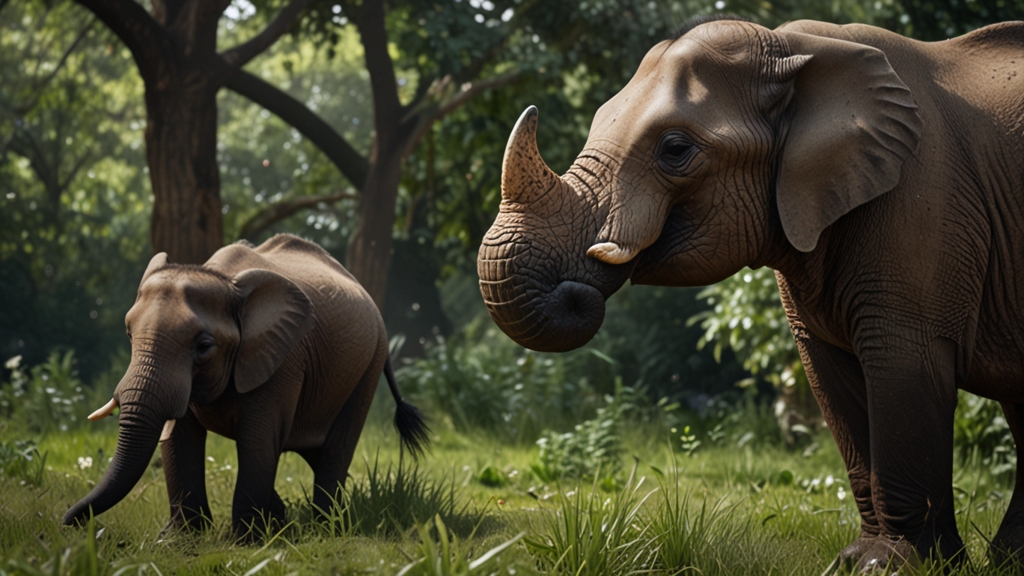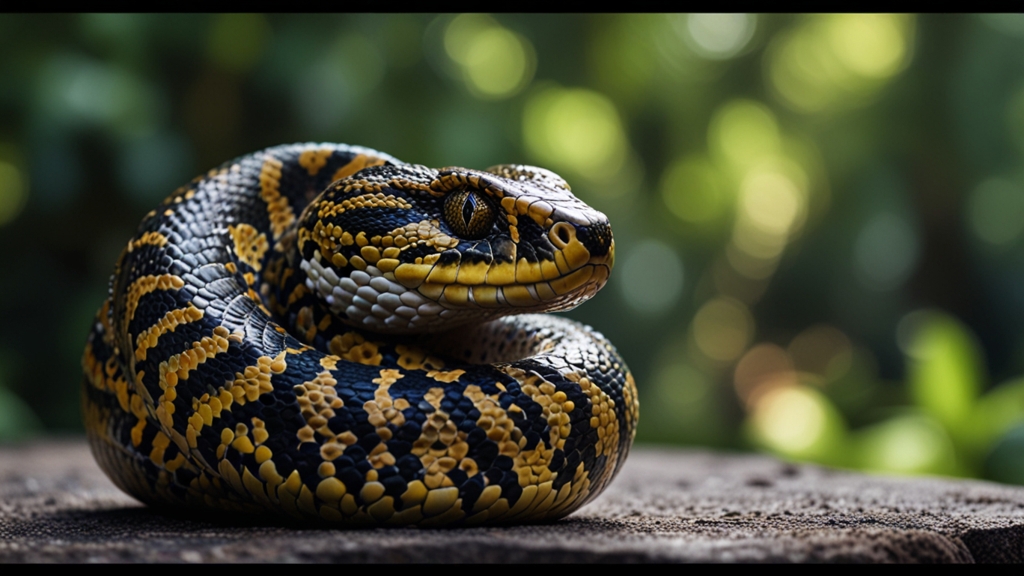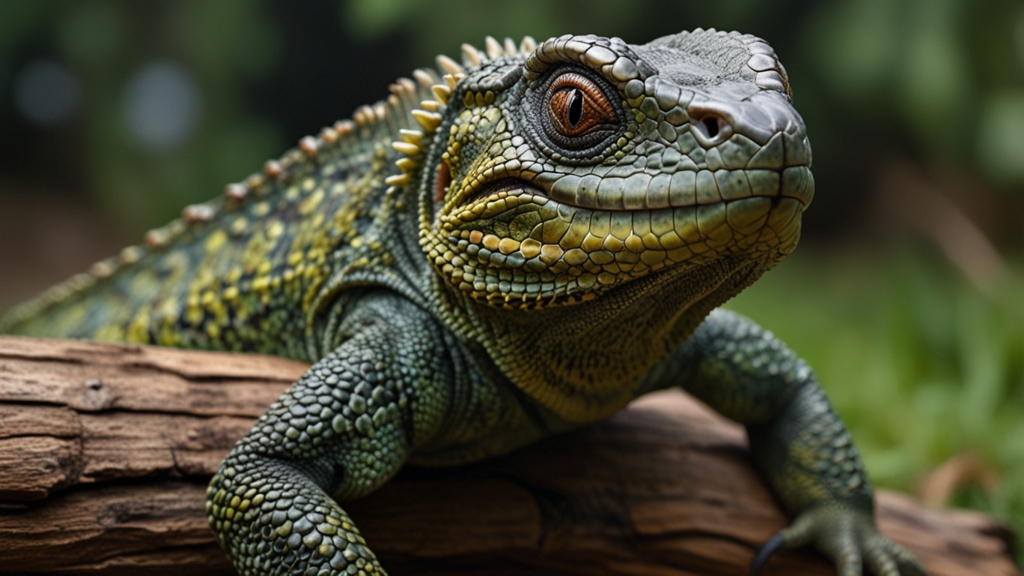Life After The Ark: Can Zoos and Sanctuaries Save Wildlife?
In an era marked by rapid environmental changes and the constant encroachment of human activity on natural habitats, wildlife preservation has become a global imperative. Across the world, zoos and sanctuaries are stepping up as protectors of endangered species, aiming to not just conserve but to revive dwindling populations. But can these institutions truly serve as the modern-day "Noah's Ark" for wildlife?
The Role of Zoos in Conservation
For decades, zoos have been maligned as mere tourist attractions, criticized for keeping animals in captivity. Today, the narrative is shifting as zoos increasingly adopt roles as conservation centers. Modern zoos engage in a wide range of activities, including breeding programs for endangered species, public education initiatives, and funding for in-situ conservation projects.
"Zoos are uniquely positioned to rescue species on the brink of extinction," says Dr. Jane Smith, a conservation biologist. "With comprehensive breeding programs and genetic management, they can maintain healthy, viable populations of endangered animals."
Notable success stories, such as the reintroduction of the Arabian Oryx and the California Condor, demonstrate that zoo-led captive-breeding programs can indeed make a difference. However, the challenge remains that these efforts are often species-specific and do not address the broader issues of habitat destruction and climate change.
Sanctuaries as Safe Havens
Unlike zoos, sanctuaries focus on providing safe and natural habitats for rescued animals, often those that have been subjected to abuse, neglect, or habitat loss. Sanctuaries are typically non-profit organizations that prioritize the animal's welfare over public exhibition.
"Sanctuaries offer a second chance to animals that can no longer thrive in the wild," explains Emily Johnson, director of the Wild Heart Sanctuary. "We aim to replicate natural environments as closely as possible, giving these animals a dignified life."
While sanctuaries provide a compassionate refuge, they face limitations in terms of scale and resources. They are often reliant on donations and grants, which can restrict their capacity to house large numbers of animals or engage in extensive breeding programs.
Combined Efforts for a Sustainable Future
The ultimate goal of both zoos and sanctuaries is not just to protect individual animals but to contribute to the larger cause of species survival. Collaborative efforts between these institutions, governments, and international organizations are showing the potential for greater impact.
For instance, global initiatives like the Species Survival Plan (SSP) involve cooperative breeding and management strategies across multiple zoos. These plans aim to maintain genetic diversity and plan for the potential reintroduction of animals into their natural habitats. Similarly, organizations like Wildlife Conservation Network work to funnel resources into both sanctuary care and broader conservation efforts worldwide.
Challenges and Ethical Considerations
Despite the positive strides, ethical dilemmas persist. Critics argue that captivity—regardless of the circumstances—impairs the natural behaviors of animals. Furthermore, the focus on charismatic megafauna, such as tigers and elephants, often leaves lesser-known species neglected.
"We must balance our desire to save animals with the ethical responsibility to provide them with a quality of life that respects their natural behaviors," notes Dr. Laura Green, an animal ethics researcher.
Another challenge is the "ark mentality"—the belief that rescue and captive breeding can act as panaceas for biodiversity loss. Conservationists warn that without addressing root causes like habitat destruction, poaching, and climate change, efforts to save species in captivity may be futile in the long term.
Conclusion
Zoos and sanctuaries undoubtedly play crucial roles in the fight to save endangered species. Their collective efforts, ranging from breeding programs to providing safe havens, are vital pieces of the conservation puzzle. However, they are not standalone solutions. The path to a sustainable future for wildlife requires integrated strategies that combine captive conservation with effective measures to protect and restore natural habitats.
As we face the reality of life after the ark, it becomes clear that the salvation of wildlife hinges not only on the work done within the confines of zoos and sanctuaries but also on global cooperation and a commitment to preserving the natural world.









